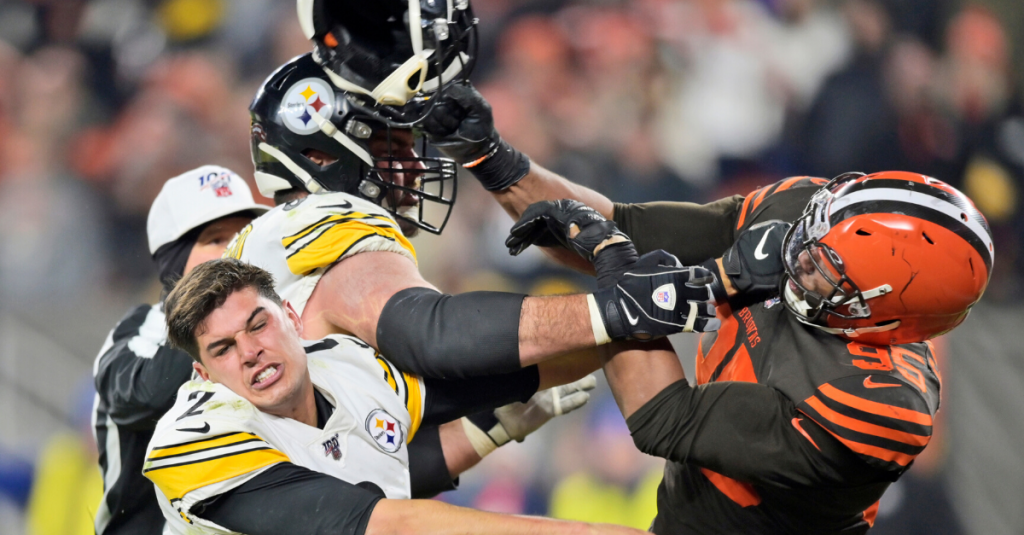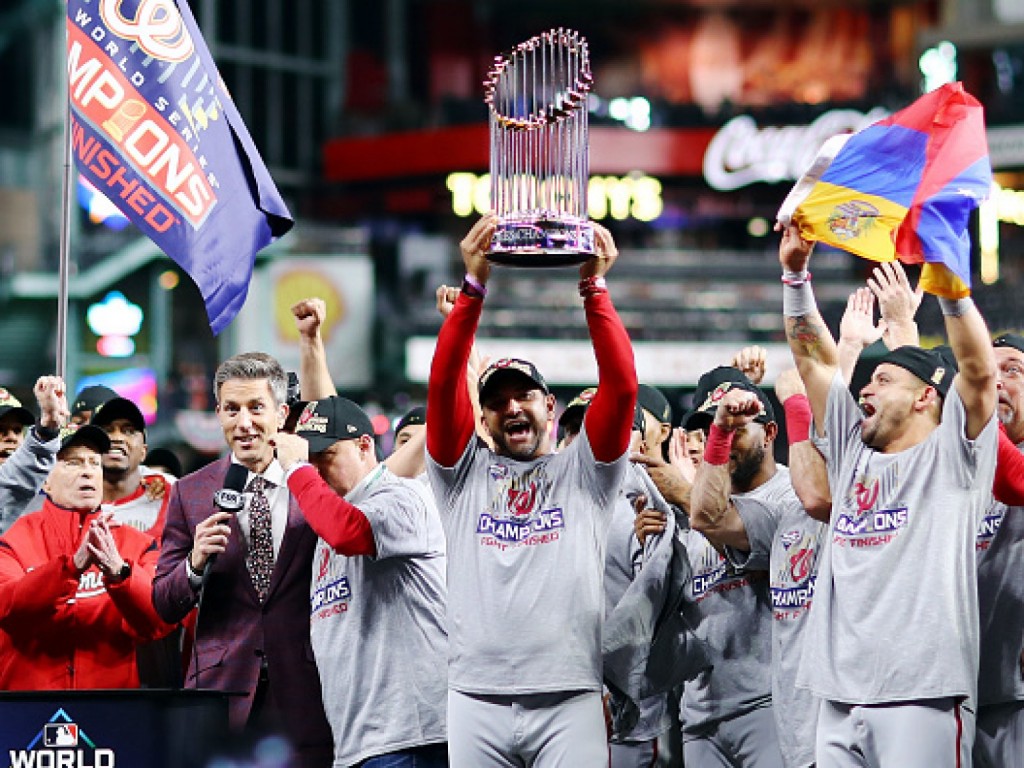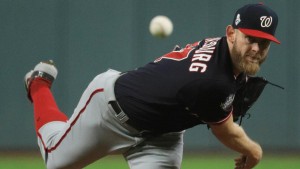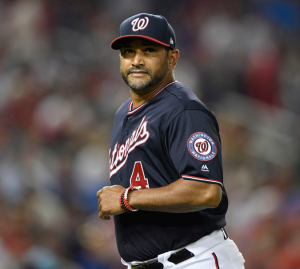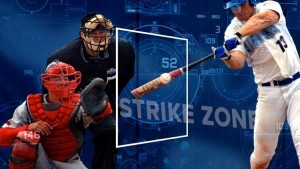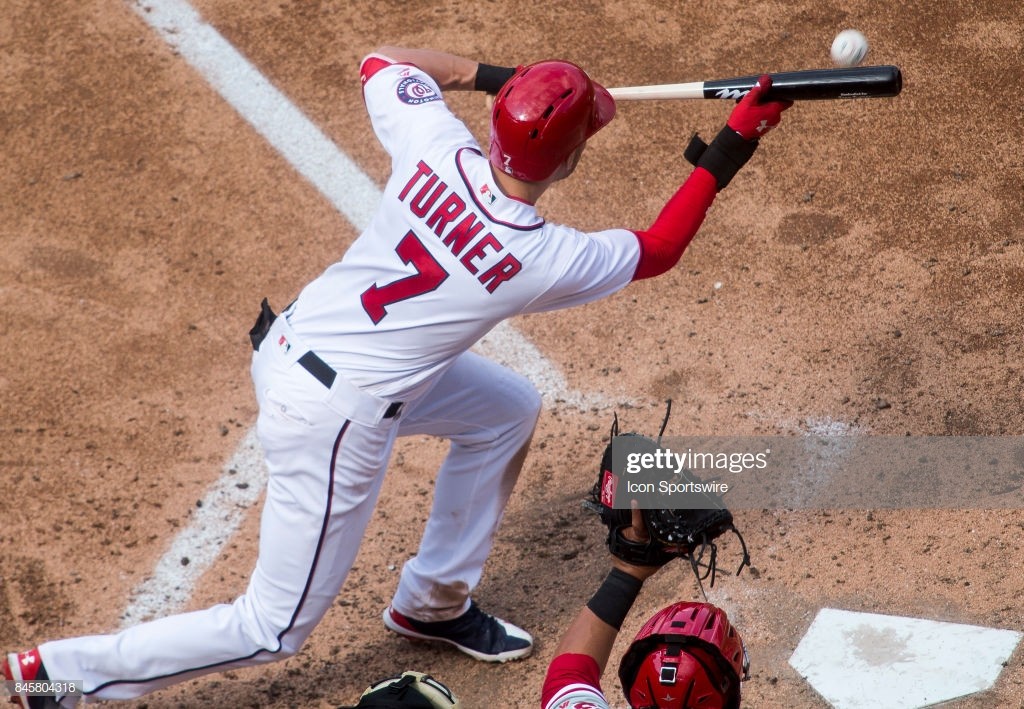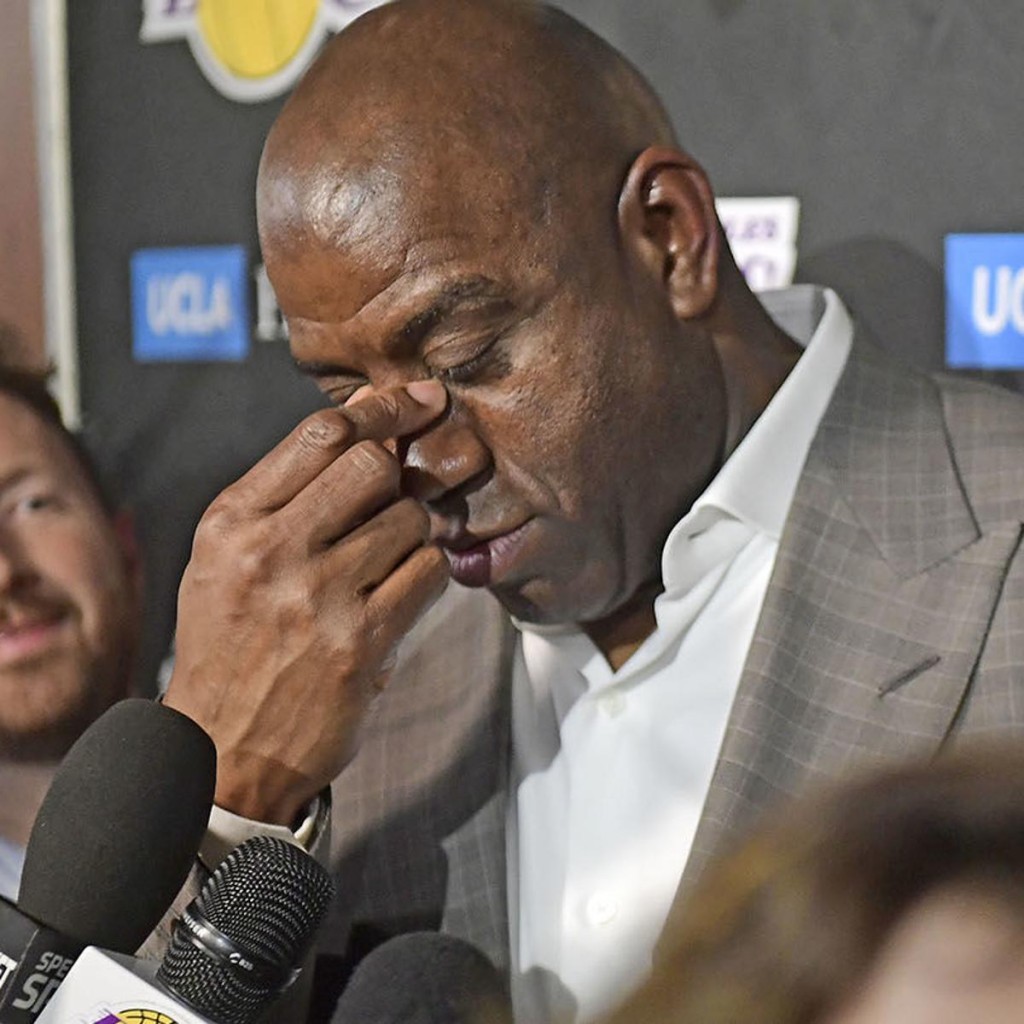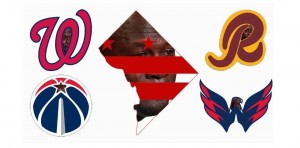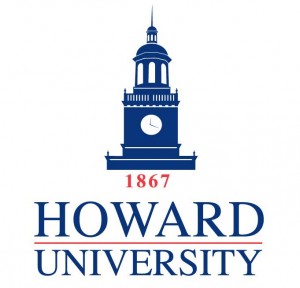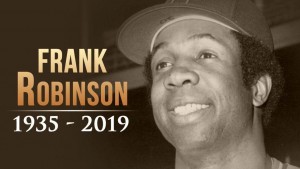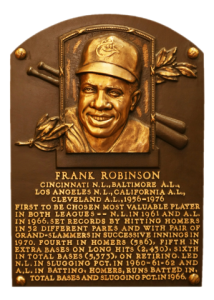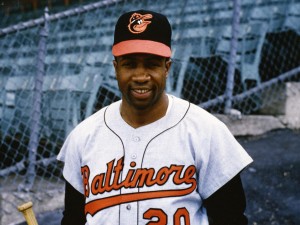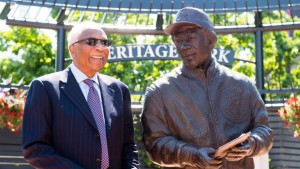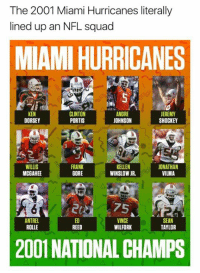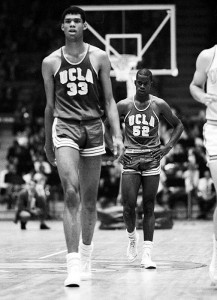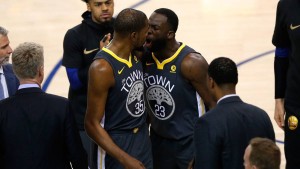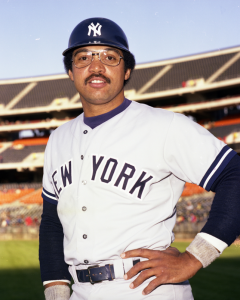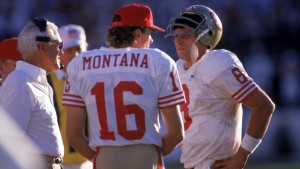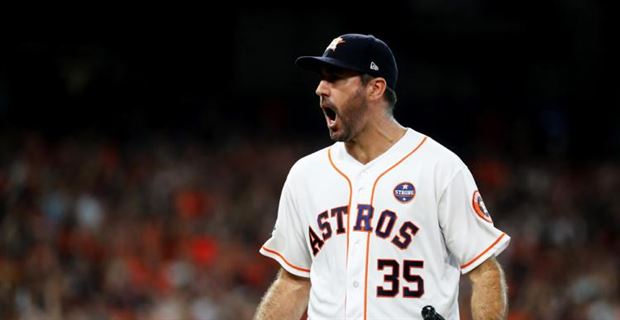On August 22, 1965 the hated Los Angeles Dodgers were in San Francisco to play my Giants. As was often the case during this era, these were the two best teams in the National League. At that time, there was no wild card or even division winners to qualify for the playoffs. In fact, there were no playoffs. A team had to finish first in the league to advance to the World Series. It is against this backdrop and within the context of the heated rivalry between the two teams when it happened. According to the great Giants Hall of Fame pitcher, Juan Marichal, the Dodgers catcher John Roseboro was throwing close to his head when returning pitches, while Marichal was at bat.
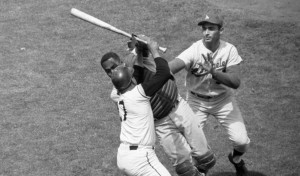 His reaction: he hit Roseboro in the head with his bat and thus what many consider the ugliest brawl in baseball history was ignited!
His reaction: he hit Roseboro in the head with his bat and thus what many consider the ugliest brawl in baseball history was ignited!
Marichal was suspended for 8 games, which in that era, meant he would miss 2 starts. My Giants would win 95 games that year, largely on the power of Marichal’s 22 wins and a league leading 10 complete game shutouts, and Willie May’s league-leading 52 homers and 2nd MVP season. And yet, a team with 6 future Hall of Famers would finish 2 games behind the Dodgers, in second place. The Dodgers would go on to win the World Series.
Juan Marichal was arguably the most stylish pitcher of all time. His elegant high-leg kick, reminiscent of a matador, and pinpoint control was legendary. He, not Bob Gibson and not Sandy Koufax, won the most games in baseball during the 1960s. I am a die-hard Giants fan and consider Marichal to be the most underappreciated Hall of Fame pitcher.
And yet he was dead wrong!
On June 28, 1997, Evander Holyfield and Mike Tyson had a rematch for the heavyweight championship of the world. Less than a year earlier, in the first match, Holyfield upset Tyson, whom many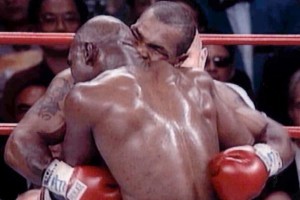 considered to be “the baddest man on the planet”. Holyfield also had a boxing-wide reputation for using head butts as a deliberate tactic. Intentional or not, he certainly used this against the shorter Tyson in the rematch.
considered to be “the baddest man on the planet”. Holyfield also had a boxing-wide reputation for using head butts as a deliberate tactic. Intentional or not, he certainly used this against the shorter Tyson in the rematch.
Most of you know how Tyson reacted: he bit Holyfield’s ear to the point of drawing blood.
Tyson was banned from boxing for 15 months and was never the same as a fighter.
I always liked Mike Tyson.
And yet he was dead wrong!
Fast forward to last week, November 14, 2019. Everyone reading this knows by now what happened in the Browns/Steelers game and thus repeating it here is not necessary. I do believe the backdrop of this “rivalry” can be useful for understanding. I say rivalry in quotations because to call it that over the past 30 years from a competitive standpoint is beyond a stretch. I could not remember the last time that the Browns were actually favored to beat the Steelers, as was the case last week. You literally may have to go back to the Bernie Kosar era, which is 30 years ago. The Browns had lost 8 straight to my Steelers since 2014.
Think of the Browns like the weak kid who has been bullied year after year. He finally goes into the gym to bulk up in the way of getting Odell Beckham Jr, Baker Mayfield, and of course, Myles Garrett.
Think of my Steelers like the bully who has been smacking the Browns around whenever bored and takes their lunch money.
Last week, the Browns had finally had enough. They became the bully, opening a can of whoop-ass on my Steelers.
But apparently that gym work the Brown’s engaged in included something that drove them over the edge.
What is interesting to me are those who are equating the provocation with the retaliation.
In all three of these incidents, one can cite and validate the provocation. Roseboro later in life in his biography admitted to intentionally throwing near Marichal’s head, which surprised no one. That is how the Giants and Dodgers roll.
But all provocation and retaliation is not created equal.
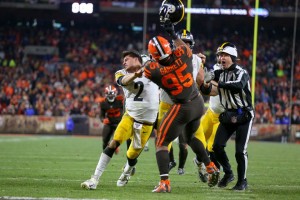 Once Garrett had Steelers QB Mason Rudolph’s helmet, dispatching it and a simple Floyd Mayweather combination would have been sufficient to put the unwise charging QB down.
Once Garrett had Steelers QB Mason Rudolph’s helmet, dispatching it and a simple Floyd Mayweather combination would have been sufficient to put the unwise charging QB down.
Garrett chose the nuclear option! As a result, an outstanding player drafted 1st overall in 2017, who had 10 sacks through 10 games, and was going to be a viable Defensive Player of the Year candidate is gone for the season, without pay.
There has been a significant focus on the fact that all of the players suspended from the Browns/Steelers brawl were Black, and Rudolph, who is white, was not suspended.
He too should have been suspended. But some want to point to this as an example to prove that there are racial disparities in how the NFL and America meets out discipline.
To them I say that water is wet and there are so many more relevant samples that have already confirmed this reality.
In addition, this assessment fosters a selective analysis of what actually happened. To say that Rudolph initiated the whole thing is subjective and assumes knowing what Garrett was thinking when he took Rudolph down. No one, including myself, has a clue what Garrett was thinking at any point in the melee. What we do know is that Rudolph escalated the situation beyond what he could handle.
But some are sounding too much like the child on the playground after the fight, declaring, “He started it”.
If one demands proportionate discipline, I’m with you.
If your demand in this situation is for equal discipline, I can only say to you: don’t be that guy.
That guy who defends the road-rager who runs a motorist off the highway in retaliation for getting the middle finger.
Don’t be that guy who defends an occupying military force that levels an entire city because a few teenagers, who actually have a right to be there, threw rocks at the soldiers.
And don’t be that guy who says “when you play with fire you get burned”. Fire does not have the capacity for self-constraint. People do…and the more we rationalize the failure to exercise that constraint, the more we invite others to bypass the capacity altogether.
Having said all of that, I can’t wait until December 1st when the Browns come to Pittsburgh!

